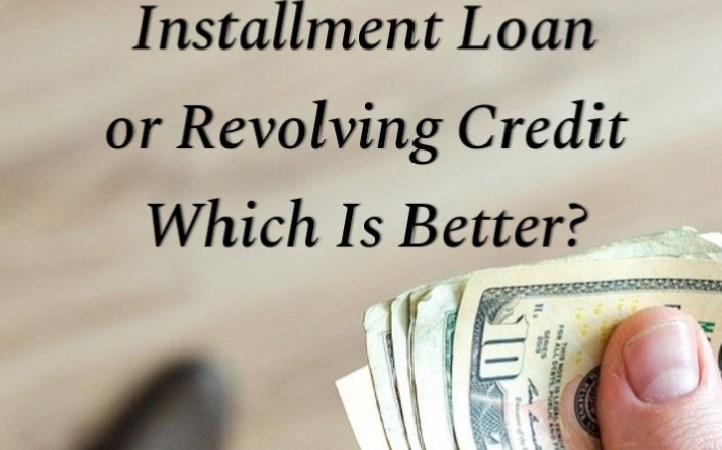For many, credit options can be a labyrinth, with a spectrum of financial products and terms that often need clarification. Among the cornerstones of consumer credit are installment loans and revolving credit, each with its own set of rules and implications for personal finance. Choosing between these two can notably influence one’s financial well-being. Installment loans, such as those offered by MaxLend Loans, have robust advantages over revolving credit facilities, particularly regarding structured repayment and potential savings on interest payments.
The Landscape of Credit Options
Understanding the landscape of credit is crucial in making informed financial decisions. At its core, credit is borrowed money you must pay back within agreed terms. Installment loans, a form of credit involving a fixed amount borrowed and repaid over a set period, contrast revolving credit lines, allowing flexible borrowing up to a prescribed limit. The structured nature of installment loans provides a predictable and manageable approach to debt repayment, which proves quite challenging with the elasticity of revolving credit methods.
What Are Installment Loans?
Installment loans are generally favored for significant one-off expenditures such as medical bills, automobiles, or home renovations. The stability stemming from fixed payment amounts enables comprehensive financial planning. The interest rates, often predetermined, remain consistent throughout the loan duration, protecting borrowers from the vagaries of fluctuating rates. This credit format is a disciplined strategy for substantial purchases characterized by its scheduled end date, which instills a sense of achievable debt clearance.
Exploring Revolving Credit
In contrast, revolving credit, represented prominently by credit cards and home equity lines of credit (HELOCs), offers a dynamic borrowing and repayment framework. It caters to an as-needed borrowing philosophy, which, when not managed judiciously, can create a precarious financial situation where one is perpetually paying interest without significantly diminishing the principal amount. The ease of access to funds via revolving credit lines is both a boon and a bane, with the potential to manage fluid financial situations or slip into a quagmire of uncontrolled debt accumulation.
Why Installment Loans May Tip the Scales in Your Favor
The financial discipline is where installment loans shine, providing a clear amortization schedule that spells out how much must be paid by a specific date until the debt is fully settled. This systematic approach is a bulwark against the undisciplined spending revolving credit can encourage. With each installment paid, borrowers inch closer to their goal of being debt-free, as opposed to the cycling nature of revolving credit that can perpetually trap consumers in debt.
- Interest Rate Stability: The assurance of fixed interest rates makes installment loans a fortress of predictability amidst the economic turbulence that could arise during the life of a loan.
- Clear Repayment Timelines: Installment loans are like a financial compass, providing a clear direction and endpoint for debt repayment, juxtaposed against the often endless horizon of minimum payments with revolving credit.
- More straightforward Budgeting: Individuals can forecast and manage their monthly expenses more effectively with a fixed payment schedule, tagging installment loans as a boon for personal budgeting.
The Risky Carousel of Revolving Credit
There’s no denying the convenience revolving credit lines offer. However, this convenience comes with pitfalls that one must consider. The allure of minimum payments can lead individuals down a path of ever-escalating debt, mainly when these payments contribute little to reducing the principal amount. This results in prolonged debt periods and considerable accrued interest over time. Additionally, the variable interest rates associated with revolving credit can amplify the cost of borrowing unexpectedly, which might not align with an individual’s debt management strategy.
- Variable Interest Rates: Revolving credit products like credit cards are notorious for their variable interest rates, which can leave borrowers vulnerable to market shifts, exacerbating the cost of debt.
- Minimum Payment Traps: The seductive minimum payment option creates an illusion of relief, yet it anchors borrowers to a debt that accrues sky-high interest rates over time.
- Credit Utilization Impacts: High revolving balances can hurt credit scores due to increased credit utilization ratios, an important metric used by credit scoring models.
Real-World Scenarios: When Installment Loans Win
By considering real-life scenarios, the benefits of installment loans become even more tangible. For example, individuals facing the expense of significant life events, such as weddings or educational fees, may find the structured repayment approach of installment loans ideal. This method ensures they are financially well-rested and provides a clear and achievable roadmap to fulfilling their financial obligations without lingering debilitation.
